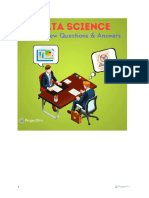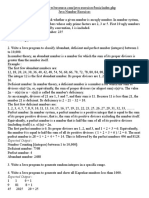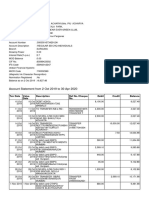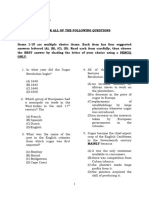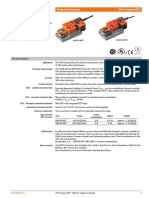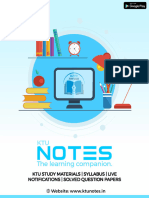0% found this document useful (0 votes)
43 views3 pagesQuestion On Data Mining
The document provides an overview of the R programming language, including its data types, structures, and functions for data manipulation. It also covers concepts in data mining, such as classification, regression, and clustering, along with machine learning techniques like supervised and unsupervised learning. Additionally, it introduces RStudio as an IDE for R and explains how to create user-defined functions.
Uploaded by
Surajit AcharyaCopyright
© © All Rights Reserved
We take content rights seriously. If you suspect this is your content, claim it here.
Available Formats
Download as TXT, PDF, TXT or read online on Scribd
0% found this document useful (0 votes)
43 views3 pagesQuestion On Data Mining
The document provides an overview of the R programming language, including its data types, structures, and functions for data manipulation. It also covers concepts in data mining, such as classification, regression, and clustering, along with machine learning techniques like supervised and unsupervised learning. Additionally, it introduces RStudio as an IDE for R and explains how to create user-defined functions.
Uploaded by
Surajit AcharyaCopyright
© © All Rights Reserved
We take content rights seriously. If you suspect this is your content, claim it here.
Available Formats
Download as TXT, PDF, TXT or read online on Scribd
/ 3




















































